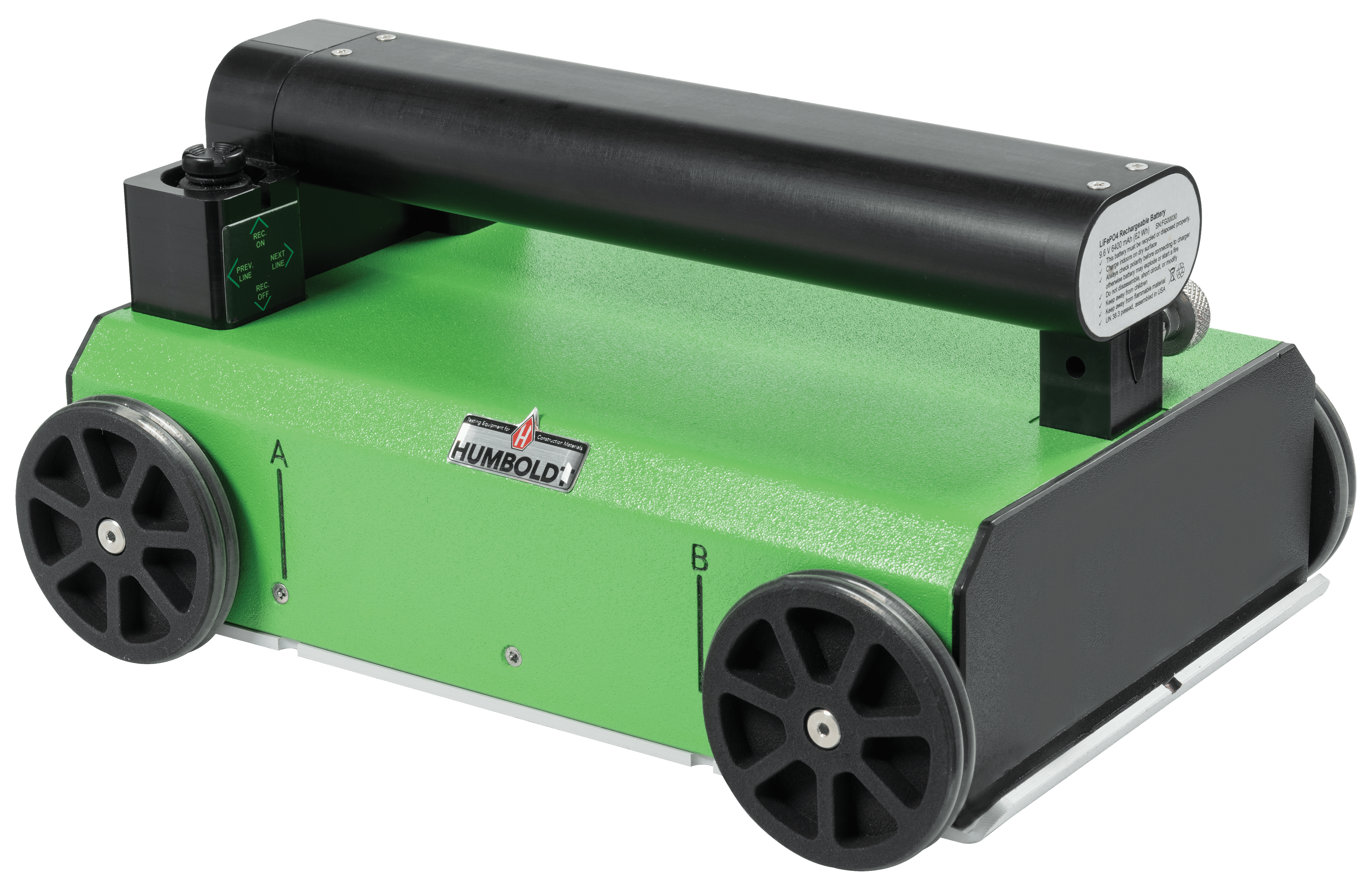Why Choose RainierGPR Concrete Scanning for Accurate Subsurface Analysis
Why Choose RainierGPR Concrete Scanning for Accurate Subsurface Analysis
Blog Article
Exploring the Trick Benefits of Concrete Scanning in Building Projects
In the realm of modern-day building practices, the application of concrete scanning innovation has become a critical tool for ensuring job efficiency and architectural integrity. From boosting security measures to properly discovering utilities concealed beneath the surface area, the advantages of concrete scanning are diverse. The ability to enhance project timelines and minimize costs while protecting existing frameworks is a testament to the worth this technology offers the construction sector. As we look into the nuanced advantages of concrete scanning, it becomes noticeable that its impact prolongs much beyond surface-level assessments, using a glimpse right into the intricate internet of advantages waiting to be discovered.
Enhanced Security Actions
Making use of advanced concrete scanning technology improves precaution on building sites by offering precise detection of prospective risks hidden underneath the surface area. This modern technology enables construction teams to identify rebar, conduits, post-tension cable televisions, and other obstructions before excavation or drilling, considerably decreasing the risk of accidents. By pinpointing these components specifically, employees can prevent damaging crucial structural elements, thus stopping injuries, delays, and costly repairs.
Furthermore, concrete scanning plays an important role in ensuring the integrity of existing frameworks during remodellings or expansions. By spotting weak points, spaces, or deterioration within concrete components, engineers can resolve these problems proactively, enhancing the general safety and long life of the building. This positive approach not just mitigates the danger of structural failures yet likewise decreases the capacity for crashes triggered by unpredicted structural shortages.
Fundamentally, the application of concrete scanning technology serves as an aggressive security measure that safeguards both building employees and the structural stability of buildings, eventually adding to the overall success and effectiveness of building and construction projects. - RainierGPR Concrete Scanning
Accurate Discovery of Utilities
Concrete scanning innovation facilitates exact recognition of underground energies, boosting building website safety and security and efficiency. Precise discovery of energies is important in building tasks to stop expensive problems, task hold-ups, and most notably, make certain the safety of workers and the public. By utilizing advanced scanning innovations such as ground-penetrating radar (GPR) and electromagnetic induction, building and construction teams can map out the location of buried pipes, cables, and other utilities with high levels of accuracy.

Time and Cost Efficiency

Concrete scanning technology allows construction groups to accurately find rebar, post-tension wires, and other ingrained things within concrete structures. This specific information assists in staying Clicking Here clear of costly blunders such as unexpected damages to vital aspects throughout exploration, cutting, or coring activities. Additionally, by determining prospective threats More about the author in advance, the requirement for costly fixings or revamp as a result of problems can be minimized, leading to cost savings for the task.
Additionally, the capability to swiftly and accurately find energies below the surface area without causing any type of damage not just saves time however also prevents costly disturbances to existing facilities. In general, the moment and price performance advantages of concrete scanning make it an invaluable device for boosting building and construction job administration and execution.
Conservation of Architectural Stability
Preserving the structural honesty of buildings and infrastructure is paramount in making certain lasting stability and safety. Concrete scanning plays an essential duty in this conservation process by permitting building and construction experts to identify prospective risks to the structural stability of a building or framework before they escalate right into major concerns. With using innovative scanning innovations such as ground-penetrating radar (GPR) and electromagnetic induction, building teams can non-invasively analyze the condition of concrete frameworks, locate rebar, post-tension wires, and other ingrained elements, and recognize any spaces, cracks, or degeneration within the concrete.
Improved Project Preparation
In order to guarantee the successful execution of building and construction tasks, careful interest to detail and comprehensive planning are important components that stem from a thorough understanding of the architectural conditions identified via concrete scanning. Eventually, integrating concrete scanning into the task planning phase boosts sychronisation among group participants, fosters proactive analytic, and adds to the successful distribution of building projects within budget and timetable restrictions.
Verdict
In verdict, concrete scanning provides numerous benefits in construction tasks. By enhancing precaution, accurately identifying utilities, boosting time and expense performance, protecting architectural integrity, and assisting in project preparation, concrete scanning proves to be a crucial tool for effective project implementation. Its capacity to reduce threats, enhance performance, and ensure job integrity makes it a crucial possession for building and construction professionals.
In the world of modern-day construction see here now methods, the utilization of concrete scanning innovation has actually emerged as a crucial tool for making sure task efficiency and structural honesty.Concrete scanning technology allows building and construction groups to accurately find rebar, post-tension cables, and other ingrained things within concrete structures. With the use of advanced scanning innovations such as ground-penetrating radar (GPR) and electro-magnetic induction, construction teams can non-invasively evaluate the problem of concrete frameworks, situate rebar, post-tension cables, and other embedded elements, and identify any voids, fractures, or deterioration within the concrete.
In order to make sure the effective implementation of construction projects, careful focus to information and comprehensive preparation are crucial components that stem from a comprehensive understanding of the structural conditions identified through concrete scanning. Eventually, including concrete scanning into the task planning phase improves coordination amongst team members, cultivates proactive problem-solving, and contributes to the successful delivery of building jobs within budget and routine restraints.
Report this page